Precision Drywall Repair to Perfect Your Walls
Drywall repairs are essential for maintaining the integrity and appearance of interior walls. Whether caused by accidental impacts, water damage, or settling of the building, damaged drywall can compromise wall stability and aesthetics. Proper repair ensures a smooth, seamless surface ready for painting or finishing. The process involves assessing the damage, preparing the area, patching or replacing sections, and finishing with sanding and priming. Timely repairs can prevent further deterioration and costly future work.
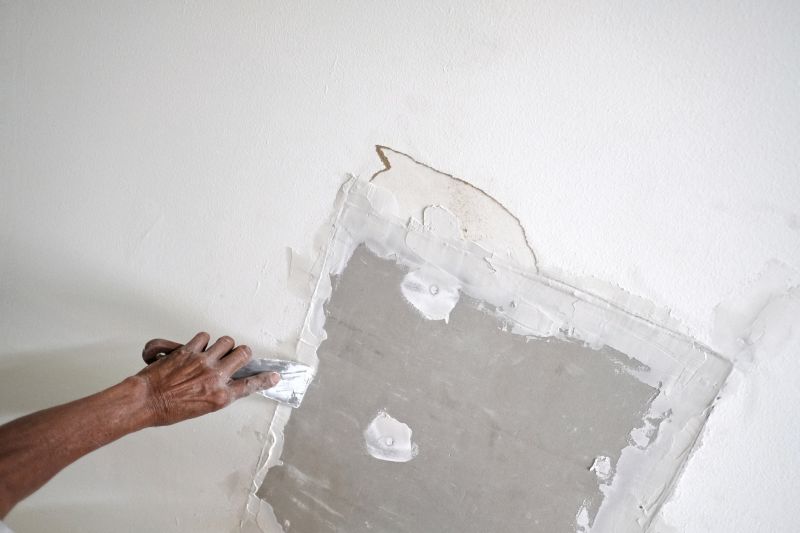
A section of drywall with a patch applied to cover a hole or crack.

Removing loose material and cleaning the surface before patching.
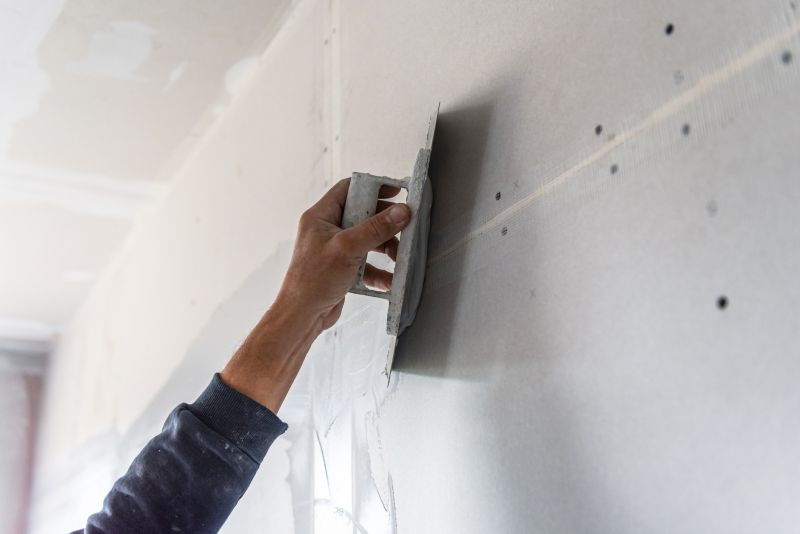
A smooth, painted drywall surface after repair and finishing.
Drywall repair duration varies depending on the extent of damage. Minor fixes, such as small holes or cracks, can take as little as an hour, while larger repairs involving multiple patches or replacement may require several hours or a day. Professionals typically complete standard patch repairs within a few hours, ensuring minimal disruption to the space. The process begins with assessment, followed by cutting out damaged sections, installing patches or new drywall, applying joint compound, sanding, and finishing touches.
Professionals follow a systematic approach to ensure quality and durability in drywall repairs.
Expert finishing techniques provide smooth surfaces ready for painting or wallpapering.
Professional repairs are completed quickly, reducing inconvenience and downtime.
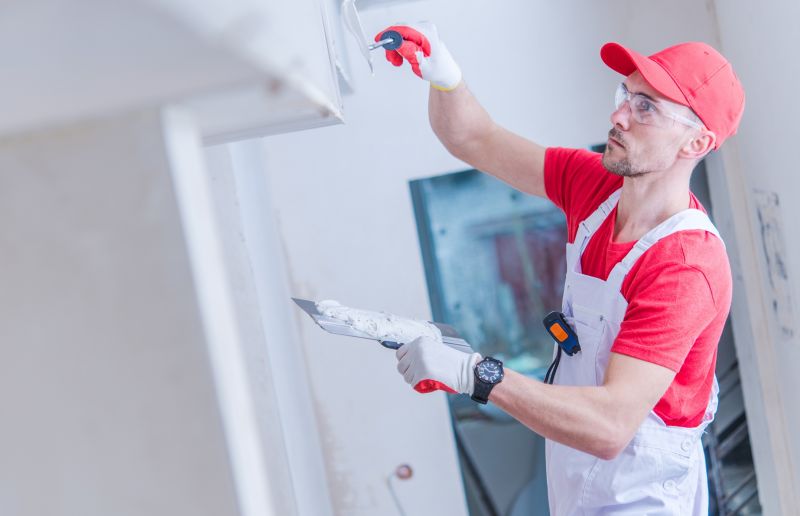
A corner seamlessly patched and finished, blending with the surrounding wall.
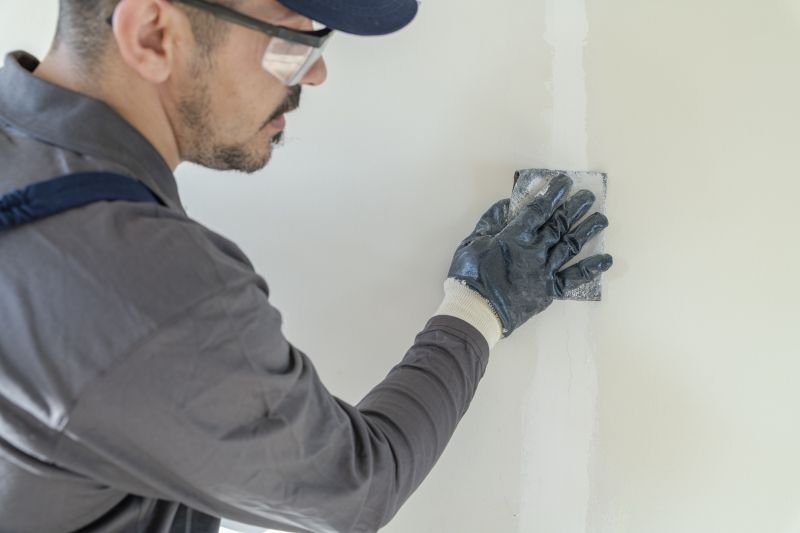
A drywall surface after sanding and priming, ready for final paint.
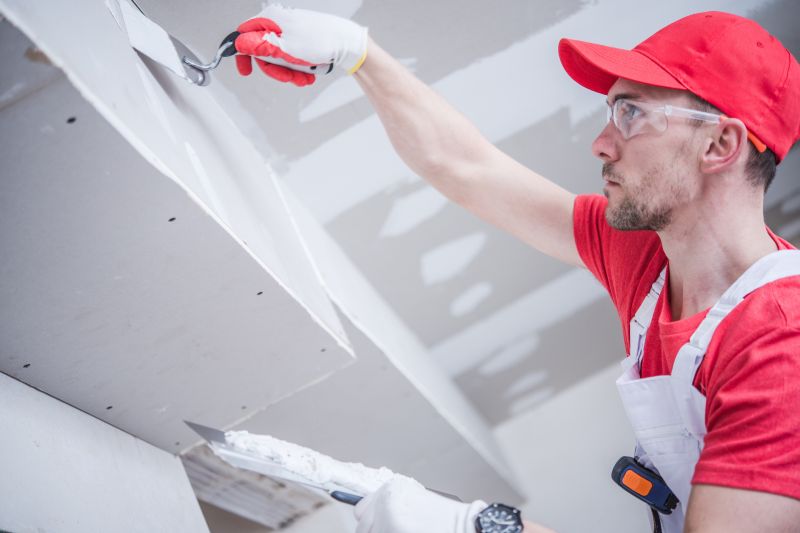
A completed drywall repair with a decorative finish, showcasing quality work.
For those seeking drywall repairs, completing a thorough assessment is the first step. This involves identifying all areas needing attention, including cracks, holes, water damage, or structural issues. Once identified, the repair process includes cutting out damaged sections, installing patches or new drywall, applying joint compound, and sanding to achieve a smooth finish. Final steps involve priming and painting to match the existing wall color and texture.
